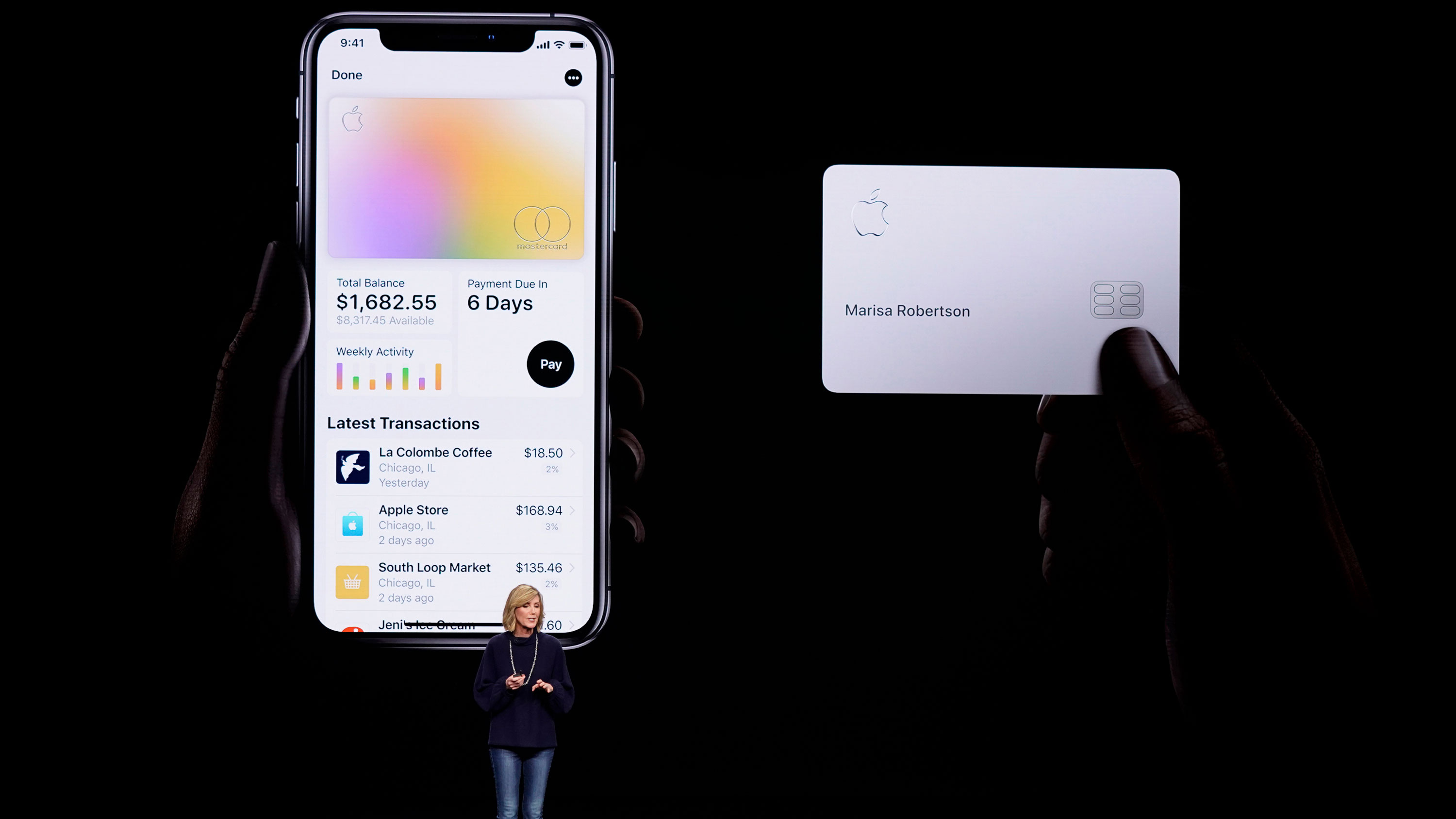The algorithm that determines the credit limit for users of Apple’s new credit card, which launched in the US in August, is facing an investigation because it appears to give men higher limits than women.
The news: On November 7, web entrepreneur David Heinemeier Hansson posted a now-viral tweet saying that the Apple Card had given him 20 times the credit limit of his wife. This was despite the fact that they filed joint tax returns and that, upon investigation, his wife had a better credit score than he did. Apple cofounder Steve Wozniak replied to the tweet and said that he, too, had been granted 10 times the credit limit of his wife, even though they have no separate assets or bank accounts.
Upshot: Now New York’s Department of Financial Services is launching an investigation into Goldman Sachs, which manages the card. Its superintendent, Linda Lacewell, said in a blog post that the watchdog would “examine whether the algorithm used to make these credit limit decisions violates state laws that prohibit discrimination on the basis of sex.” The regulator has already recently opened an investigation into reports that an algorithm resulted in black patients receiving less comprehensive care than white patients.
Don’t settle for half the story.
Get paywall-free access to technology news for the here and now.
